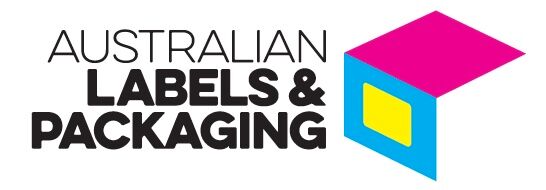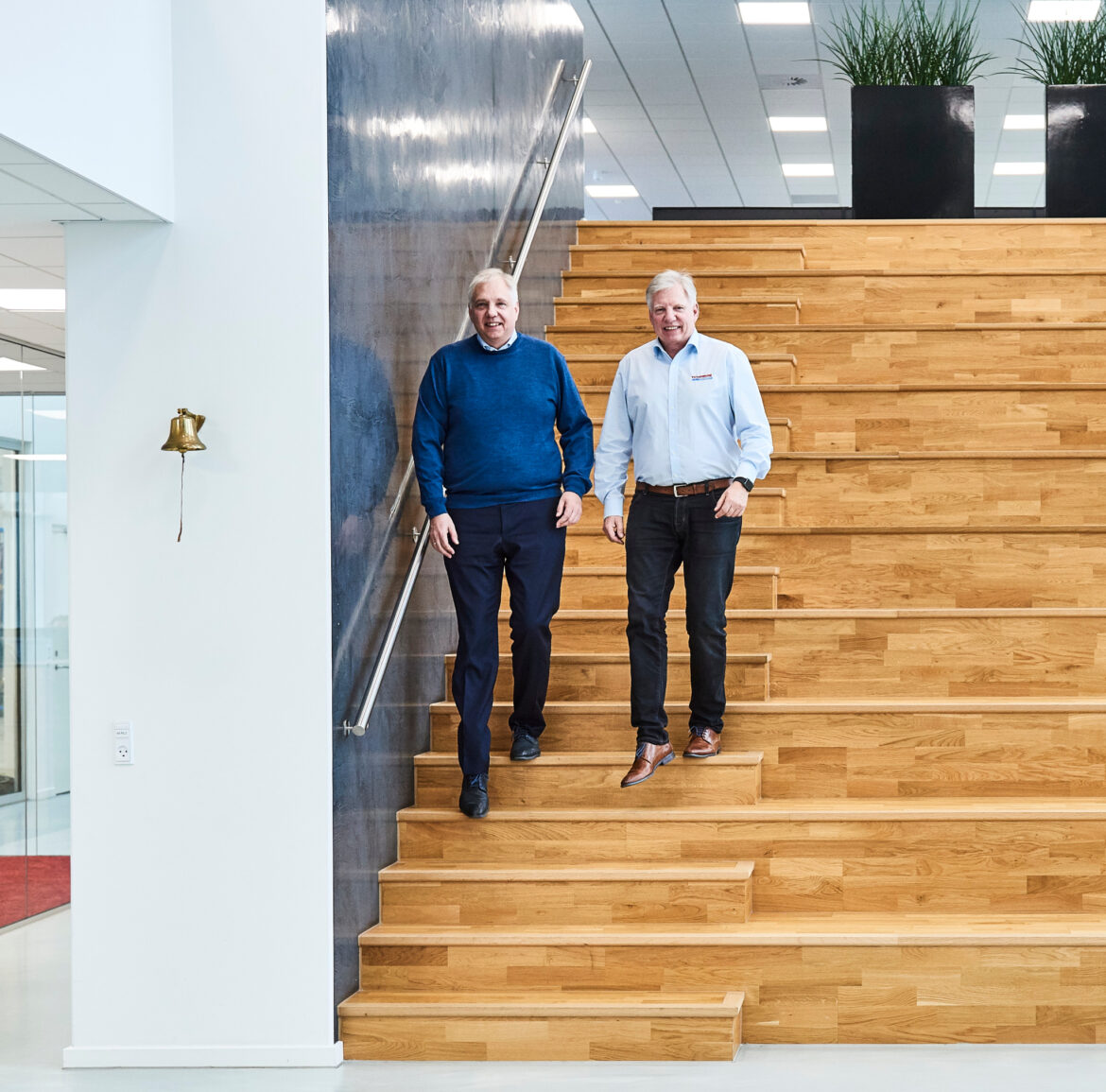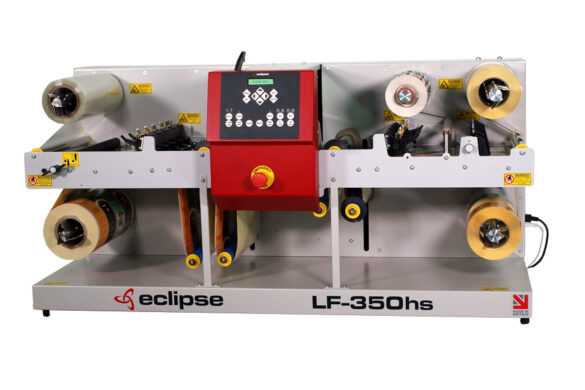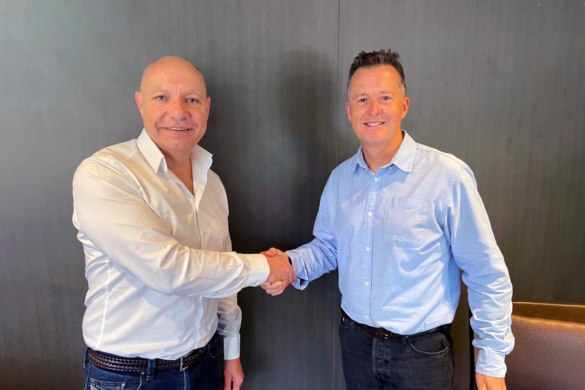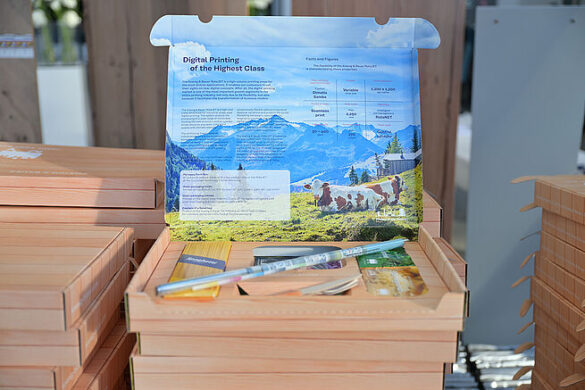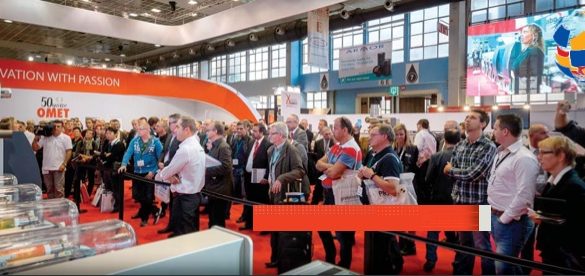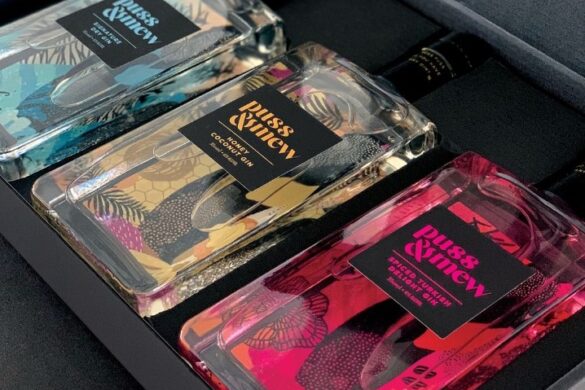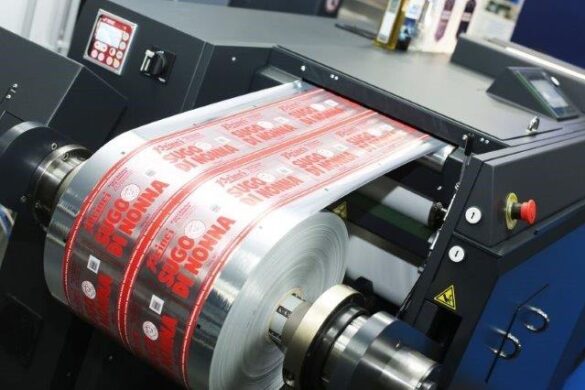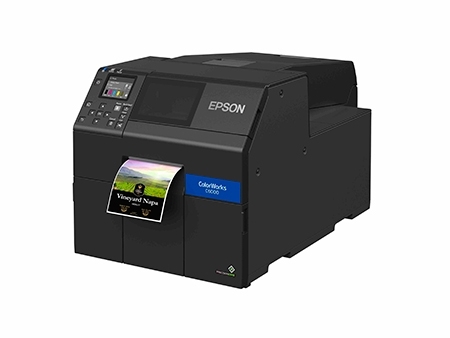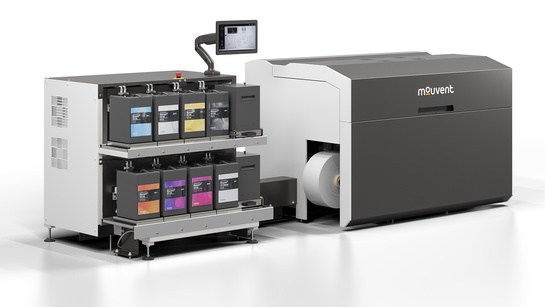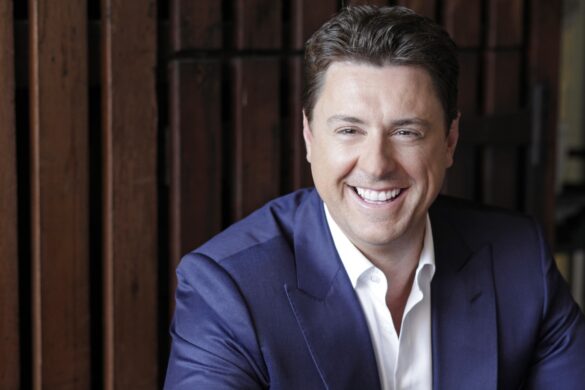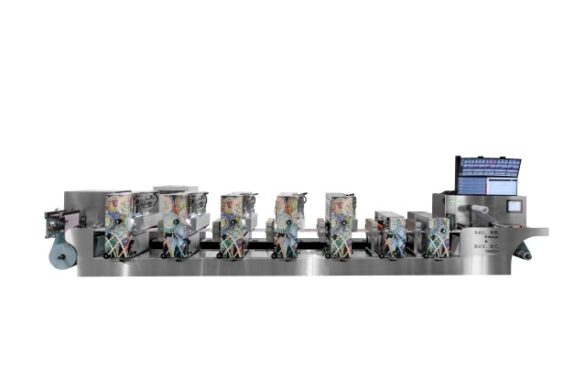As Vetaphone passes another significant milestone in its history, owners Frank and Jan Eisby give a personal insight to Nick Coombes about the early days of the company and how their father, Verner, became one of the great pioneers in the printing and converting industries.
NC: Can we go back to the very beginning – how and where did it all happen?
FE: It all started 70 years ago in Kolding when my father was speaking with a printer who was having problems getting ink to adhere to the new plastic packaging materials that were becoming popular in the early 1950s. Most people the printer asked had no idea how to solve the problem, but Verner, who was an electronics engineer, was accustomed to working with high voltage bulbs and broadcasting systems – and because he was something of an inventor, was keen to accept the challenge and set about finding a solution in his workshop.
NC: What was it like growing up with an inventor in the household?
JE: Very busy! My parents worked around the clock – my father ran his business during the day and spent all night inventing and building things. Our mother, Grethe, looked after the finances to make sure the family always had food on the table. In fact, they were so committed to their work that even our family holidays were combined with visiting customers throughout Europe. We had an interesting but different childhood!
NC: How did the company come to be called Vetaphone?
JE: That goes back even further to Verner’s schooldays, when along with a friend called Tage, he was building speakers and amplifiers for parties and the music business. One of the hottest technologies at the time was phonics, especially ship to shore radio, so they took the ‘Ve’ from Verner and the ‘Ta’ from Tage and added ‘phone’ to get the name Vetaphone – it’s as simple as that!
NC: What was driving the demand for surface treatment in the early days?
FE: The brand owners were wanting to add more colour to their packaging especially in the food sector, where the new plastic materials were giving a longer shelf life to their products. More colour also added customer appeal to their branded goods. Remember, we’re talking about the time when most food items were still being sold loose and were not packaged.
NC: How did Vetaphone cope with this?
JE: I think the early day were chaotic! Verner had invented a process that everybody wanted, but nobody knew how or why it worked, which made it very difficult to sell to the industry. So, he spent 12 years travelling around the world visiting various universities and institutes explaining the process and finally came up with the corona treatment theory – and it’s still the fundamental principle of what we do today.
NC: What have been the major milestones along the way?
FE: Without doubt, creating the corona discharge, because it’s central to the process. But it’s also the way we have managed to explain the theory behind the technology and convince people of its value. This has been essential to Vetaphone taking corona treatment from a workshop experiment to a viable commercial process. Equally, an understanding of the different substrates has been important to developing the correct treatment – we call it watt density now, but it was originally known as e-norm. All of these put together with the development of electronics have been significant steps along the way.
NC: You have spoken about your father and the part he played – where do you two fit into the overall picture?
JE: We both started as apprentices learning as much of the overall process as we could and steadily made our way up the ladder in both the good and the bad times the company went through. Frank is now CEO, and the guy with a clear vision of the future and in charge of the strategy to get us where we want to go, and I’m the CSO with the responsibility of looking after our worldwide customer base through a team of Area Sales Managers and network of agents spread over 60 different countries.
NC: In your time with the company, what major changes have you seen in the market?
FE: Too many to list overall, but if we look at more recent times, on the technology side it’s been the advance in electronics and the ability this gives us to apply a powerful electrical discharge to sensitive substrates at very close range. This has been matched by the development of more complex substrates with sometimes challenging properties that are now being used for packaging purposes. For example, customers are now looking for special coatings and effects, so we must gear our R&D to respond to these changes in market demand.
NC: How have you taken the company from a small family business to a market leader?
FE: It’s all about careful planning. We’ve just been through an exciting period in our development, despite the problems posed by the COVID-19 pandemic! Since 2017 we’ve invested in a new high-tech HQ here in Kolding – last year we opened our Test Lab, which is a unique global facility in this industry – and most recently we have commissioned a fully equipped showroom where we can demonstrate the latest technology to customers either in person or by video link. All these investments have been market driven and highlight our flexible approach to any new situation. It allows us to develop new products in partnership with our customers and test them in the Lab before they commit to the expense of commercial production.
NC: You have always maintained that Vetaphone’s people are its greatest asset – why do you say that and how does it work?
FE: We realise that everyone is different and that no single person can run a company. This sets the framework for how we operate here, with every member of staff engaging with the concept that they play an important part in the company’s success. By empowering them in their own jobs, we benefit from their ideas on how to improve work processes and make the company more productive – they all want to be part of a successful business and we’ve managed to do it in a typically Danish way by creating a strong team-spirit.
NC: Looking outside the company, why does Vetaphone believe so strongly in educating the market?
JE: Because we know there is still a limited understanding of surface treatment technology and the corona process. It’s still true to say that many companies know they need it, but they don’t know why, or what it can do for them. Corona is not a ‘set and forget’ process because not all jobs and substrates are the same, so it’s our job to teach them how it works and how to control it – and if it stops working, they need to know who they can ask for help. In addition, as new applications come onto the market and new manufacturers enter the production chain, they are faced with the same issues and have the same questions that we have been asked to solve many times before – so education is an ongoing process. By sharing our knowledge, we empower our customers to improve their productivity.
NC: If we look ahead from this year’s 70th Anniversary, what plans do you have for continuing the company’s success in the global market?
FE: First of all, I’d like to say how proud we are of what the company and the whole Vetaphone family has achieved up to now – it’s a privilege to be leading such a dynamic and successful team. Looking ahead, I can see that market demand for our customers’ products will continue to grow, so we are here for the long term too. All demand projections for labels and printed packaging are upwards and as new materials are developed and employed, our technology will play a major part in securing success for manufacturers by working to develop strategic partnerships.
NC: Do you see a growing importance in these partnerships?
JE: Yes, no question about that. Our partners are already working hard with us to develop more environmentally friendly packaging using bio-degradable and easier to recycle materials, like mono-layer plastic films with special plasma coatings, but there are many more examples. Vetaphone will continue to play an integral role in finding these new solutions, and we have the unique knowledge and experience that allows us to adapt to these challenges.
NC: Overall, what would you say has been your greatest achievement?
FE: From a personal point of view, I’m really proud of the way we support our worldwide customer base with the latest technology that improves their efficiency and end products – and we do it with a company culture that makes it fun to go to work!
Photo captions:
Jan & Frank Eisby.jpeg – The sons of the founder reminisce on 70 years of Vetaphone history
